Unfortunately you don't know for certain unless you were there when they were born or trust the person you got the animal from. Fortunately you can use their TEETH (of all things!) to give you a rough idea of the year they were born.
Sheep and goats lose a pair of baby incisors every year (starting with the middle pair and moving outward) until they have a full mouth (all adult teeth). After a year or two of having a full mouth, their teeth start to show wear and may even break or fall out. A really old critter will have no teeth at all.
Less than one year old - 1.5 month old lamb
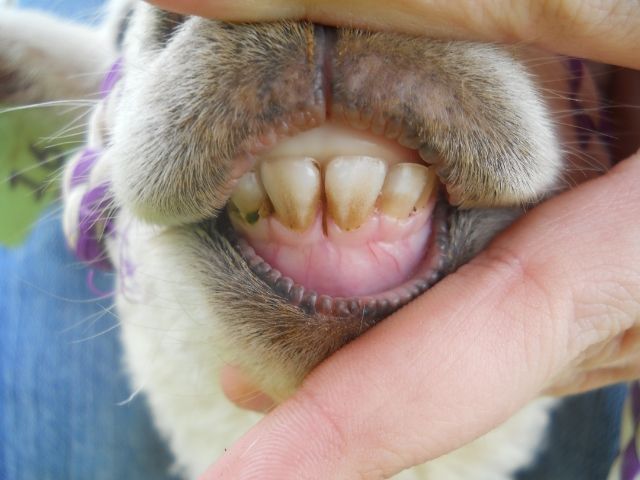
Less than one year old - 11.5 month old lamb
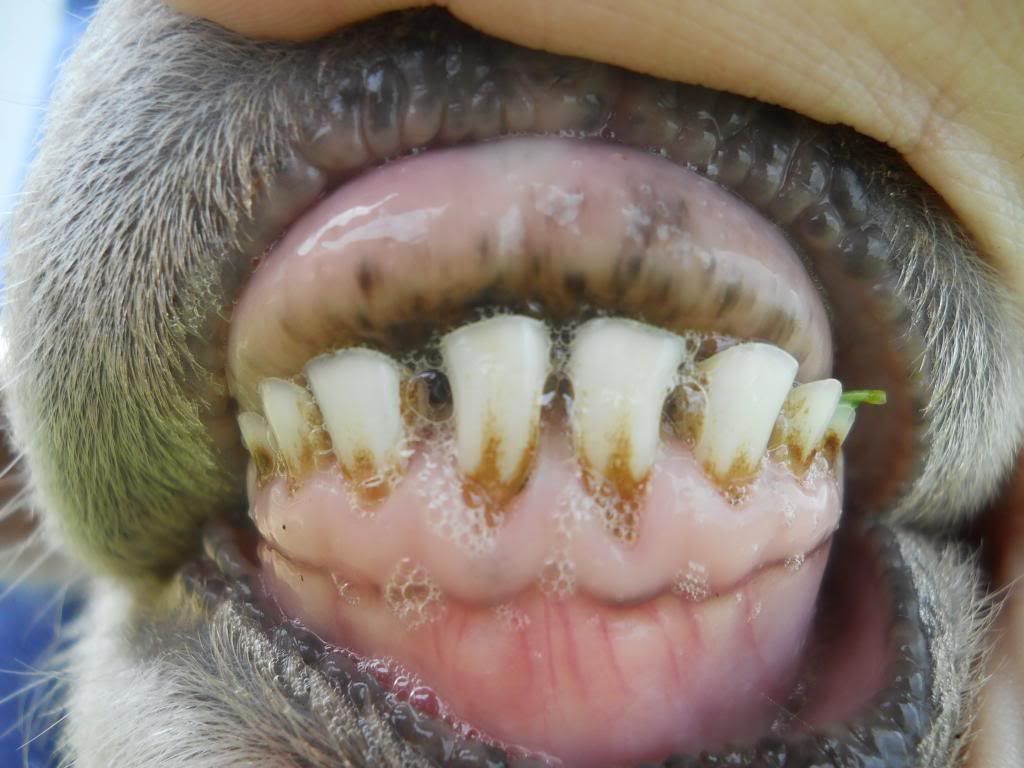
One year old
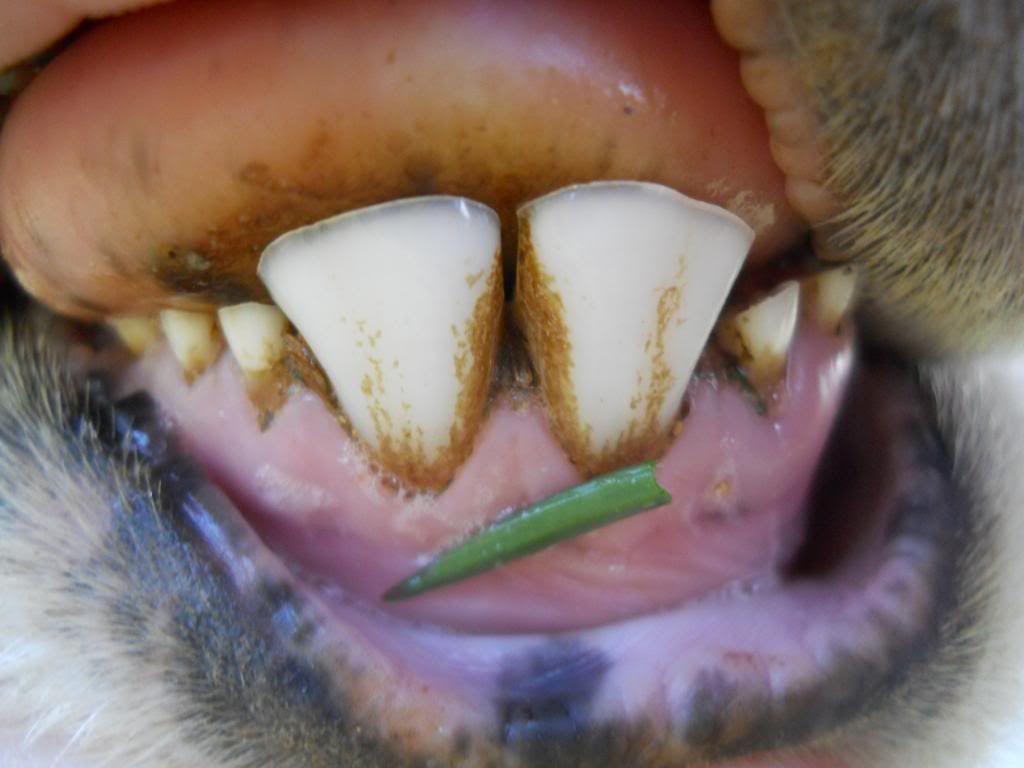
Two years old
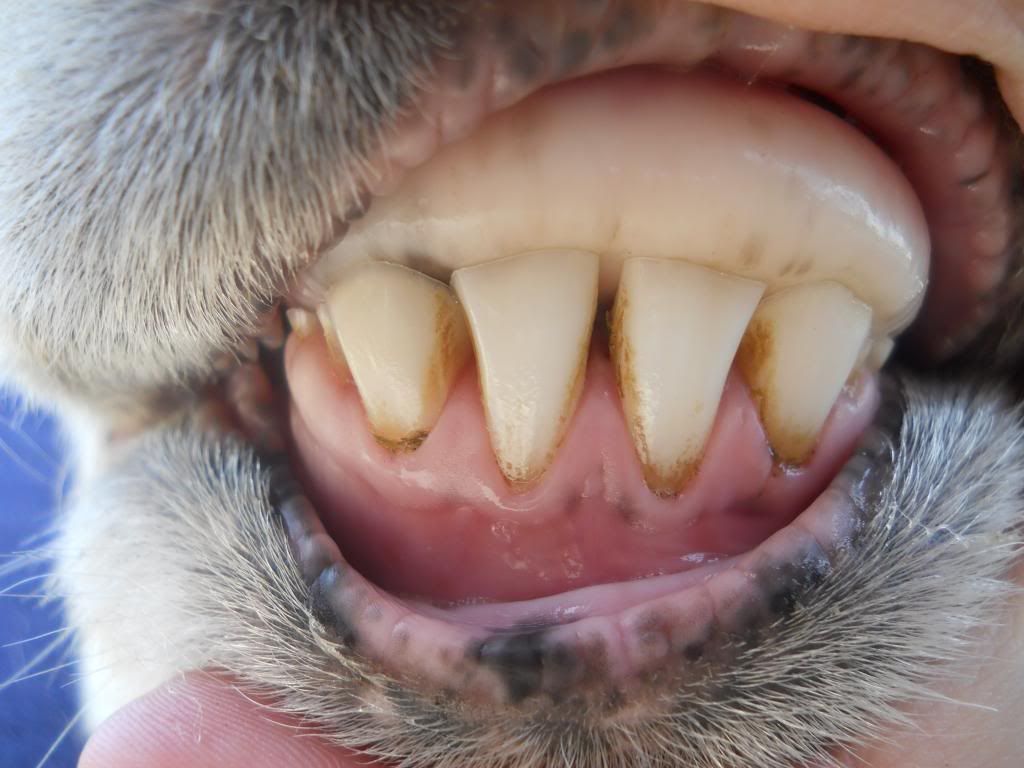
Three years old
[pic]
Four years old (this ewe has a full mouth--all permanent teeth; however, notice how her mouth conformation is poor: she has an overbite, and her teeth are not centered which can be attributed to the fact that she lost one of her three year baby tooth when she was just a couple weeks old)

Older than five years old (considered broken teeth because they have uneven wear)
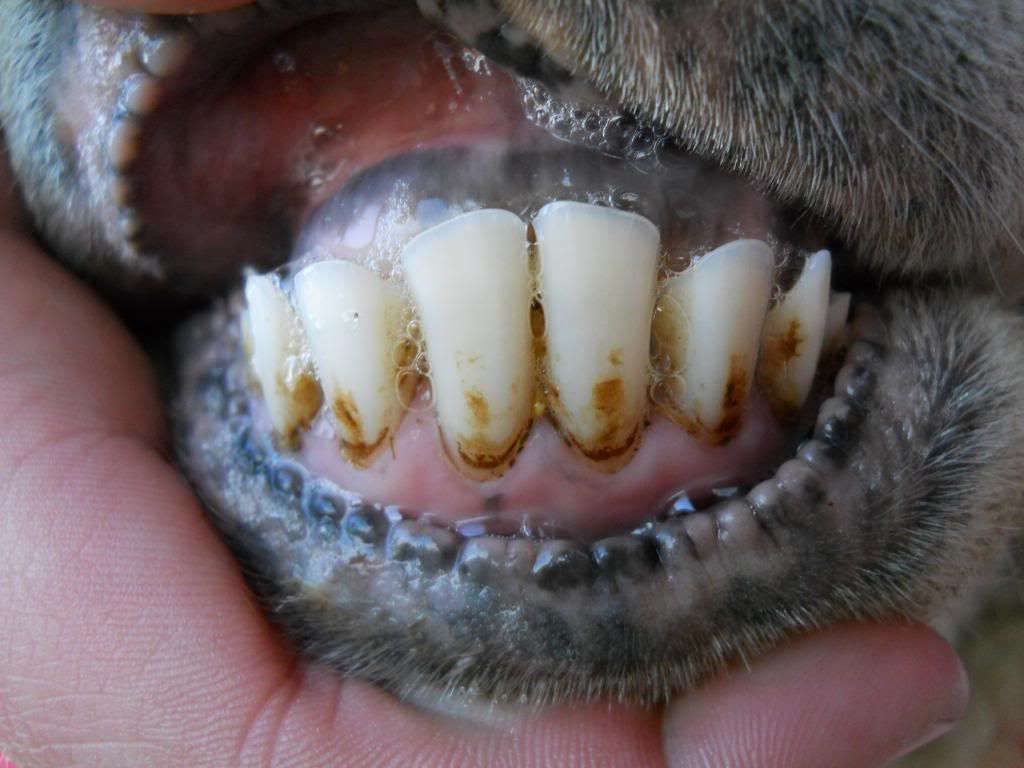
Gummer
[pic]
Sheep and goats lose a pair of baby incisors every year (starting with the middle pair and moving outward) until they have a full mouth (all adult teeth). After a year or two of having a full mouth, their teeth start to show wear and may even break or fall out. A really old critter will have no teeth at all.
Less than one year old - 1.5 month old lamb

Less than one year old - 11.5 month old lamb

One year old

Two years old

Three years old
[pic]
Four years old (this ewe has a full mouth--all permanent teeth; however, notice how her mouth conformation is poor: she has an overbite, and her teeth are not centered which can be attributed to the fact that she lost one of her three year baby tooth when she was just a couple weeks old)
Older than five years old (considered broken teeth because they have uneven wear)

Gummer
[pic]
